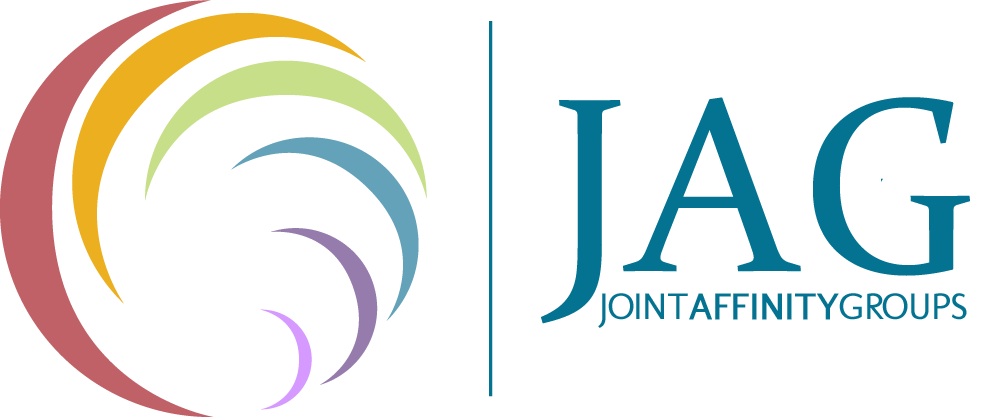The recent fatal shooting of unarmed African American teenager Michael Brown by police officers and the ongoing militarized response serves as a wake up call for all of us. Communities around the world have galvanized around this tragic moment to organize around broader issues of police brutality, transparency, and the profiling of young men of color.
Unfortunately, Michael Brown’s tragic death can be added to an ever-expanding list of people who have died at the hands of law enforcement. And the ensuing civil unrest is deeply rooted in a complicated history of poverty and racial tension that is not isolated to the suburban town of Ferguson, Missouri.
History has taught us that these acts are not isolated to any one community. We are all Michael Brown. From men of color to transgender and gender nonconforming individuals, too many people are targeted because they are different. The shooting death of this youth demands our collective participation. There is a need to ensure justice is served for the families and communities who have senselessly lost loved ones. At the same time we are also charged with addressing systems of inequality that cut across race, ethnicity, gender and sexual orientation lines.
So what can philanthropy do? As many of us struggle to find justice in our broken systems or the meaning of racial justice in this 21st century nation, what is clear is that the most effective strategies must be community centered and led. The Association of Black Foundation Executives has made some initial recommendations including increased funding for actionable data and culturally competent services, advocacy and direct organizing. Additionally, a growing number of leaders within the philanthropic sector are already working collaboratively to improve the life chances of boys and men of color. But we need many more who are willing to examine how their own foundation investment strategies address the structural barriers that prevent our diverse communities especially youth of color from fulfilling their human potential.
As our sector rethinks solutions and identifies ways to strengthen civil society, the Joint Affinity Groups – a coalition of networks representing communities of color, LGBTQ communities, women, and young and emerging leaders – urges our philanthropic partners to work with and across our diverse communities. We have the resources; all we need is the collective will.
In unity,
Peggy Saika
President & Executive Director
Asian American and Pacific Islanders in Philanthropy (AAPIP)
Susan Batten
President & CEO
Association of Black Foundation Executives (ABFE)
Rahsaan Harris
Executive Director
Emerging Practitioners In Philanthropy (EPIP)
Ben Francisco Maulbeck
President
Funders for LGBTQ Issues
Diana Campoamor
President
Hispanics in Philanthropy (HIP)
Carly Hare
Executive Director
Native Americans in Philanthropy (NAP)
Michele Ozumba
President & CEO
Women’s Funding Network (WFN)

